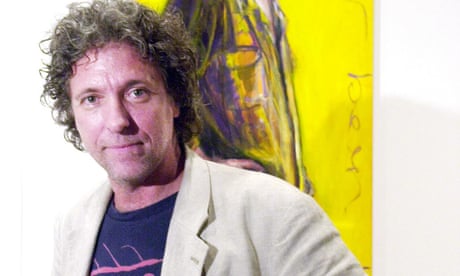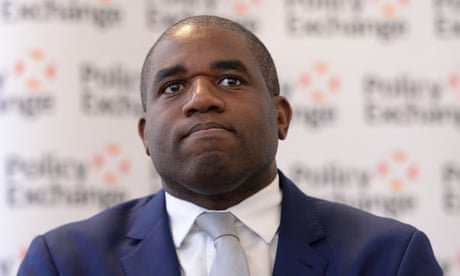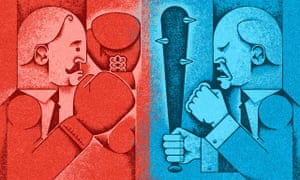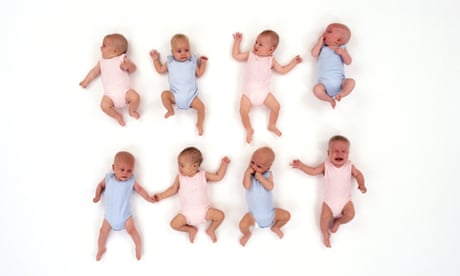With the US election now decided it’s interesting watching the fallout asking how this could have happened. I read an article last week that provided some insight. “Behind 2016’s Turmoil, a Crisis of White Identity” was written by Amanda Taub and published in the New York Times. It highlighted the rise of white supremacists across the globe under the veil of conservative nationalism.
Taub claims white anxiety has fueled 2016’s political turmoil in the west referencing Britain’s exit from the European Union, Donald Trump’s Republican presidential ascension and the rise of rightwing nationalism in Norway, Hungary, Austria, Germany and Greece.
Michael Ignatieff, a former Liberal party leader in Canada, said that in the west, “what defined the political community” for many years “was the unstated premise that it was white.”
The rejection of racial discrimination has, by extension, created a new, broader international community. The United States has had their first black president, London a Muslim mayor and Melbourne a Chinese lord mayor. But rather than advancement many whites feel a painful loss and it is here we are seeing the rise of Trump.
Meanwhile across the west we see hate against Muslims, refugees and ethnic minorities with the racist catch cries, “I want my country back,” “we are full,” “Australia for Australians,” and, of course, “let’s make America great again.” Lecturer and author Robin DiAngelo, calls this movement “white fragility,” the stress white people feel in trying to understand they are not special and are just another race like any other.
White fragility leads to feelings of insecurity, defensiveness, even threat. It creates a backlash against those perceived as the “other.” One example is terrorism seen as an act of people of colour, but never perpetrated by white people.
Remember the mass murder in the US city of Charleston, where a white man killed nine black people in a church, seen to be motivated by depression, alienation and mental illness – not terrorism.
In Brisbane, Australia, again depression was cited as the cause when an Indian bus driver, Manmeet Alisher, 29, was burned alive by a white man. Queensland police and media were quick to suggest, one, the attack was not terrorism and two, not racially motivated. Could you imagine if it was a man of colour killing a white man on public transport?
India’s prime minister Narendra Modi even called Malcolm Turnbull to express concern felt in India over Alisher’s death, in light of the racially-motivated attacks on Indian students recently in Australia. But again these attacks were also denied as being racially motivated.
Consider the task force established in Kalgoorlie following the tragic death of Aboriginal teenager Elijah Doughty, who was run down by a 55-year-old white man. The task force is focusing on 30 “at risk families” rather than attempting to close down websites that Debbie Carmody from the Tjuma Pulka Media Aboriginal Corporation says, “incite violence, and murder towards Wongatha youth, and literally tell people to go out and kill”.
Colin Barnett, premier of Western Australia, said that a new safe house would likely offer young children somewhere to go to late at night “if their parents aren’t around or they’re not capable at the time”. The undercurrent of racism within the comment takes away from the circumstances of Doughty’s death suggests problems associated towards Aboriginal families instead.
Kalgoorlie’s mayor John Bowler went as far to say “social problems” in his town “begin with Aboriginal parents”, while claiming that each generation of Aboriginal people is “worse than the one before”.
Kalgoorlie is home of the biggest open pit mine in Australia where its website proudly claims it donates $460m to the local community each year. So why are our people not benefiting from such support? I will tell you who is benefiting – the local Golf Club that just had a $10m renovation approved by the local council.
As stated by Mick Gooda, co-chair of the royal commission into the detention of children in the NT, such mining towns do nothing to lift the quality of life of our people, instead establishing Aboriginal fringe communities out of town “like we’ve got in places like Kalgoorlie, Darwin and Alice Springs”.
It’s the same in Port Hedland, Australia’s largest distribution centre for iron ore where in March 2016 a record of 39.6m tons was exported. Port Hedland boasts $1m bungalows and apartment blocks, but in South Hedland, where Ms Dhu infamously died in custody our people continue to live in squalor and poverty.
As a young Kamilaroi I witnessed the same apartheid (let’s start calling it for what it is) practised when I visited the Aboriginal community of Toomelah just down the road from Goondiwindi. Rather than identify the problem, columnists like Andrew Bolt refuse to engage with the disadvantages faced by Aboriginal communities.
Only recently in his blog for the Herald Sun, Andrew Bolt published “How activists use Aborigines to censor debate” where the blog stated the Human Rights Commission was “disgraceful” and the Racial Discrimination Act as “sinister”, when writing about the Bill Leak cartoon. The blog went on to add, “so many journalists are on the side of the censors, attacking the free speech they should be defending to the death”.
The anger against “censorship” by the white privileged is explained by Amanda Taub who writes in her article: “For many western whites, opportunities for reaching the top of the hill seem unattainable. So their identity, their whiteness feels under threat and more important than ever.”
In other words, if you were supported for the majority of your life in a world that reinforced whiteness, settlement and colonisation of great white pioneers via invasion and genocide, whites as superior and blacks as inferior and in need of civilisation, rather than embrace a deconstruction of the truth, you become fearful.

'Racist' cartoon stokes debate over treatment of Indigenous Australians
And because the foundations of white identity were based on denial and non-truths rather than acceptance, you fear this “truth” will destroy or diminish an identity you cherish, and because you have no understanding of a world beyond whiteness, you have no culturally acceptable way to articulate what you perceive as a crisis.
In watching the destruction of Syria, Palestine, Lebanon, Libya, Somalia, Sudan and other third world nations of colour around the world at the hands of white developed countries, the days of thinking of domestic terrorism as the work of a few Klansmen or belligerent skinheads are over.
As Morris Dee and J. Richard Cohen wrote in the New York Times in their 2015 article “White Supremacists Without Borders”: “We know Islamic terrorists are thinking globally, and we confront that threat. We’ve been too slow to realise that white supremacists are doing the same.”
They are just better organised, resourced and firmly embedded into our institutions and structures.




